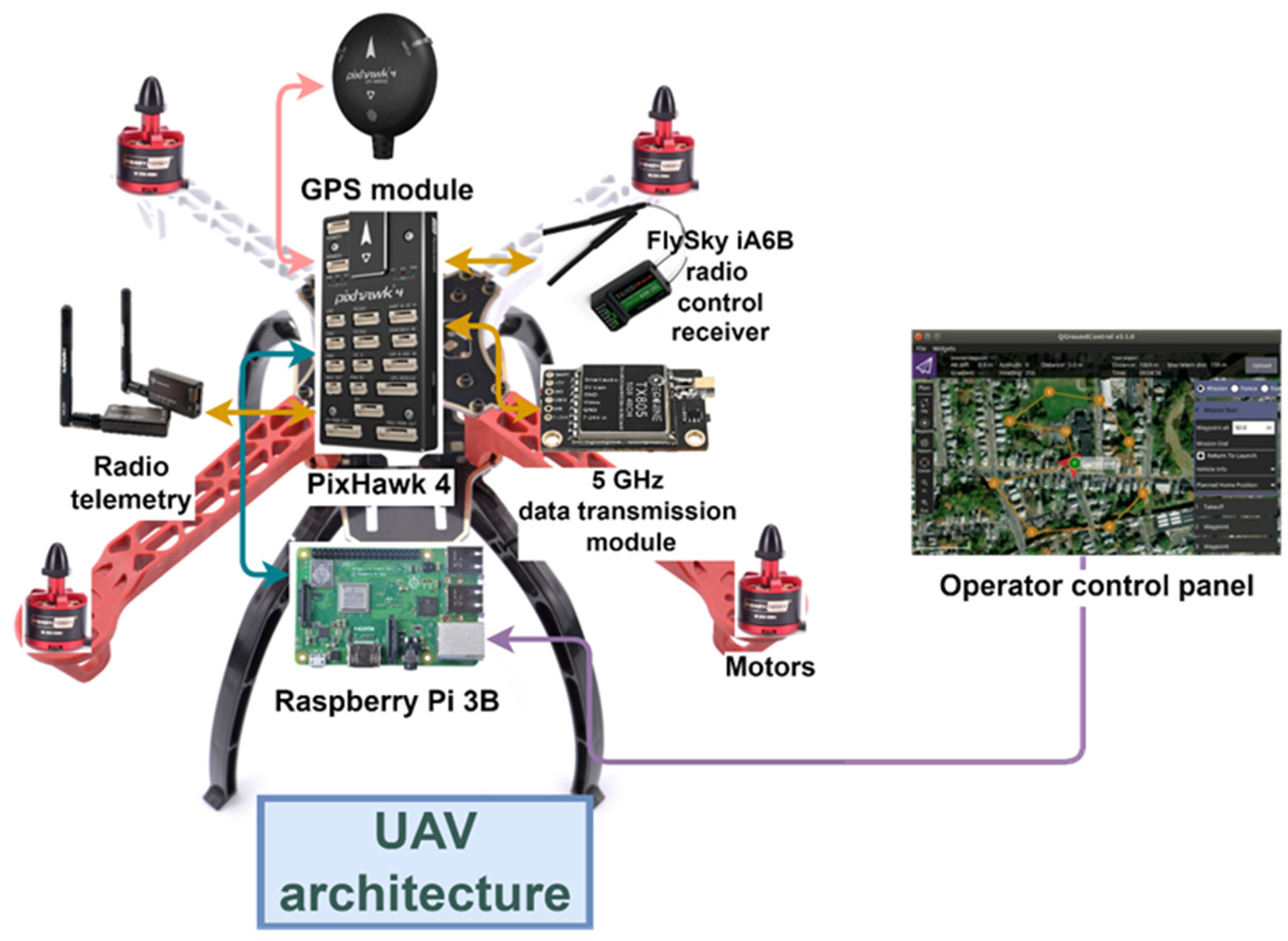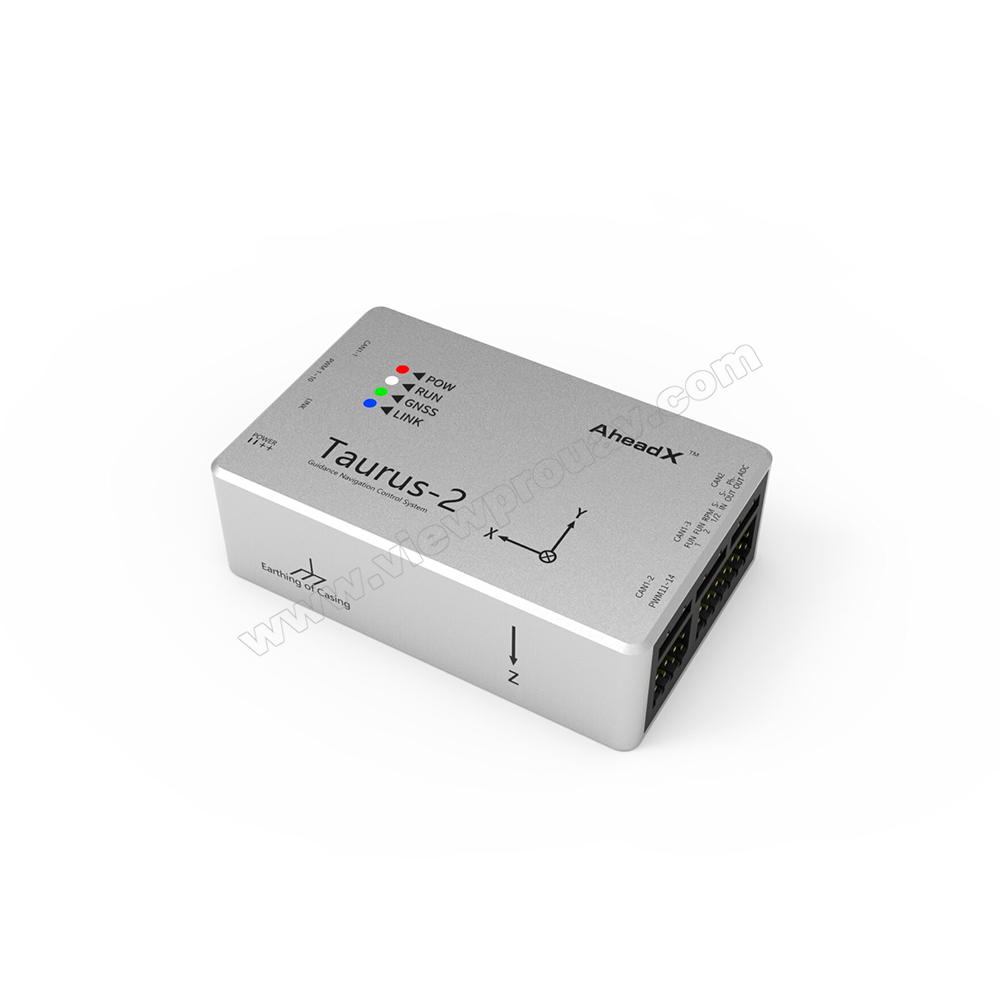SparkNavi Drone Flight Controller and GNSS/INS Made in Taiwan: Cutting-Edge Solutions for UAVs
SparkNavi Drone Flight Controller and GNSS/INS Made in Taiwan: Cutting-Edge Solutions for UAVs
Blog Article
The Significance of Drone Trip Controllers in Modern Aerial Innovation: Trick Elements and Their Impact
In the world of contemporary airborne modern technology, drone flight controllers serve as the critical systems that orchestrate a drone's performance and abilities. These innovative units incorporate vital components such as microcontrollers and GPS components, helping with security and accuracy in trip operations. Their role is especially noticable in self-governing features, where advanced formulas boost navigation and barrier avoidance. As markets significantly count on drones for applications varying from agriculture to monitoring, the progressing technology within trip controllers raises crucial concerns concerning their future influence and potential developments. What developments lie in advance that could redefine our understanding of drone abilities?

Review of Drone Trip Controllers
In the world of airborne innovation, drone flight controllers serve as the critical brain of unmanned aerial lorries (UAVs), allowing specific maneuverability and security during flight. These innovative systems integrate sensor information, processing formulas, and control inputs, enabling drones to carry out complex flight patterns with accuracy.
Drone flight controllers make use of numerous sensing units, such as gyroscopes, accelerometers, and GPS components, to examine the UAV's alignment and setting in real-time. This information is vital for maintaining balance and making sure secure procedure in diverse environmental problems. The controllers process this data to make rapid modifications to the drone's electric motors, permitting smooth changes and responsive handling.
Moreover, trip controllers are furnished with sophisticated software program that sustains functions such as waypoint navigating, challenge avoidance, and self-governing flight capabilities. This software program is important for both industrial and recreational applications, where dependability and precision are paramount. As drone technology remains to development, the development of flight controllers will play a pivotal function in enhancing UAV performance, versatility, and safety, eventually expanding their applications across numerous industries.
Key Elements Explained
Comprehending the essential components of drone flight controllers is essential for comprehending exactly how these systems operate efficiently. At the heart of a trip controller is the microcontroller, which serves as the brain, processing data from various sensing units and executing commands. Vital sensing units consist of gyroscopes and accelerometers, which determine the drone's alignment and movement, giving vital feedback for stablizing.
One more trick element is the measure, which evaluates altitude by measuring air pressure, while GPS modules offer positional information, making it possible for autonomous navigating - SparkNavi drone flight controller and GNSS/INS made in taiwan. The flight controller likewise interfaces with Electronic Speed Controllers (ESCs), which regulate the rate of the drone's motors based on the controller's commands
Interaction components, such as radio receivers, assist in push-button control input, permitting drivers to send commands in real-time. Additionally, some trip controllers integrate software that can manage complicated algorithms for waypoint navigation, flight preparation, and telemetry information evaluation.
Function in Flight Stability
Central to maintaining flight stability, drone flight controllers use advanced formulas to process sensing unit information and make real-time modifications. These controllers are equipped with an array of sensing units, consisting of gyroscopes, barometers, and accelerometers, which continuously keep track of the drone's altitude, orientation, and rate. By translating this data, the flight controller can determine variances from the desired trip course and react without delay to preserve security.
For circumstances, if a drone experiences an unanticipated gust of wind, the trip controller can swiftly readjust the electric motor rates to neutralize the disruption, making certain a consistent trip trajectory. This capability is critical not just for manual flight procedures however additionally for implementing intricate maneuvers and preserving smooth flight in different ecological problems.
.jpg)
In addition, the advanced algorithms made use of in trip controllers, such as PID (Proportional-Integral-Derivative) control, permit fine-tuning of the drone's reaction to adjustments in trip conditions. By maximizing these control parameters, flight controllers can improve stability, improve responsiveness, and minimize pilot workload. Ultimately, the role of flight controllers in guaranteeing trip security is crucial for the effective and safe operation of modern-day drones across varied applications.
Influence On Autonomous Operations

Independent operations are specifically vital in diverse applications such as shipment, farming, and surveillance services. With boosted flight controllers, drones can autonomously navigate fixed courses, effectively collect information, and adapt to dynamic settings. This capacity decreases the requirement for consistent human oversight, thus boosting functional efficiency and security.
Additionally, the execution of artificial intelligence strategies within trip controllers allows drones to boost their performance over time by learning from previous goals. This flexibility leads the way for much more advanced self-governing applications, such as throng technology, where several drones coordinate their activities to attain a common goal.
Future Trends in Flight Controllers
Technologies in flight controller modern technology are poised to change drone capabilities in the coming years. One substantial pattern is the integration of artificial intelligence (AI) and artificial intelligence formulas, enabling drones to discover from their environments and make real-time decisions. This improvement will certainly enhance autonomous navigating, barrier avoidance, and objective preparation, considerably enhancing functional effectiveness and safety.
In addition, the growth of innovative sensing unit innovations, such as LiDAR and multispectral imaging, will provide flight controllers with richer data inputs. This will facilitate extra sophisticated logical abilities, enabling drones to conduct complex jobs, such as accuracy search, rescue and farming, and framework assessments with unmatched accuracy.
An additional emerging trend is the miniaturization of trip controller elements, which will bring about lighter and a lot more small drones. This evolution will certainly prolong flight periods and payload abilities, making drones a lot more versatile for numerous applications.
Final Thought
In verdict, drone trip controllers function as important elements in contemporary airborne modern technology, making certain stability and precision in ability to move with the combination of microcontrollers, accelerometers, and GPS modules. SparkNavi drone flight controller and GNSS/INS made in taiwan. Their ability to allow independent procedures and adjust to various applications highlights their significance across numerous industries. As advancements in expert system and sensor innovation continue to emerge, the possibility for improved capacities and boosted operational performance in drone systems will likely reshape the future of aerial applications
Central to preserving flight security, drone trip controllers utilize innovative algorithms to process sensor data and make real-time modifications. By analyzing this information, the flight controller can recognize deviations from the desired trip path and respond immediately to preserve stability.
Moreover, the advanced algorithms utilized in trip controllers, such as PID (Proportional-Integral-Derivative) control, enable for fine-tuning of the drone's reaction to modifications in flight problems. Inevitably, the role of trip controllers in making sure flight stability is essential for the risk-free and effective operation of modern drones across diverse applications.
The developments in drone flight check it out controllers not just look at this site improve trip stability yet likewise significantly affect self-governing procedures. SparkNavi drone flight controller and GNSS/INS made in taiwan.
Report this page